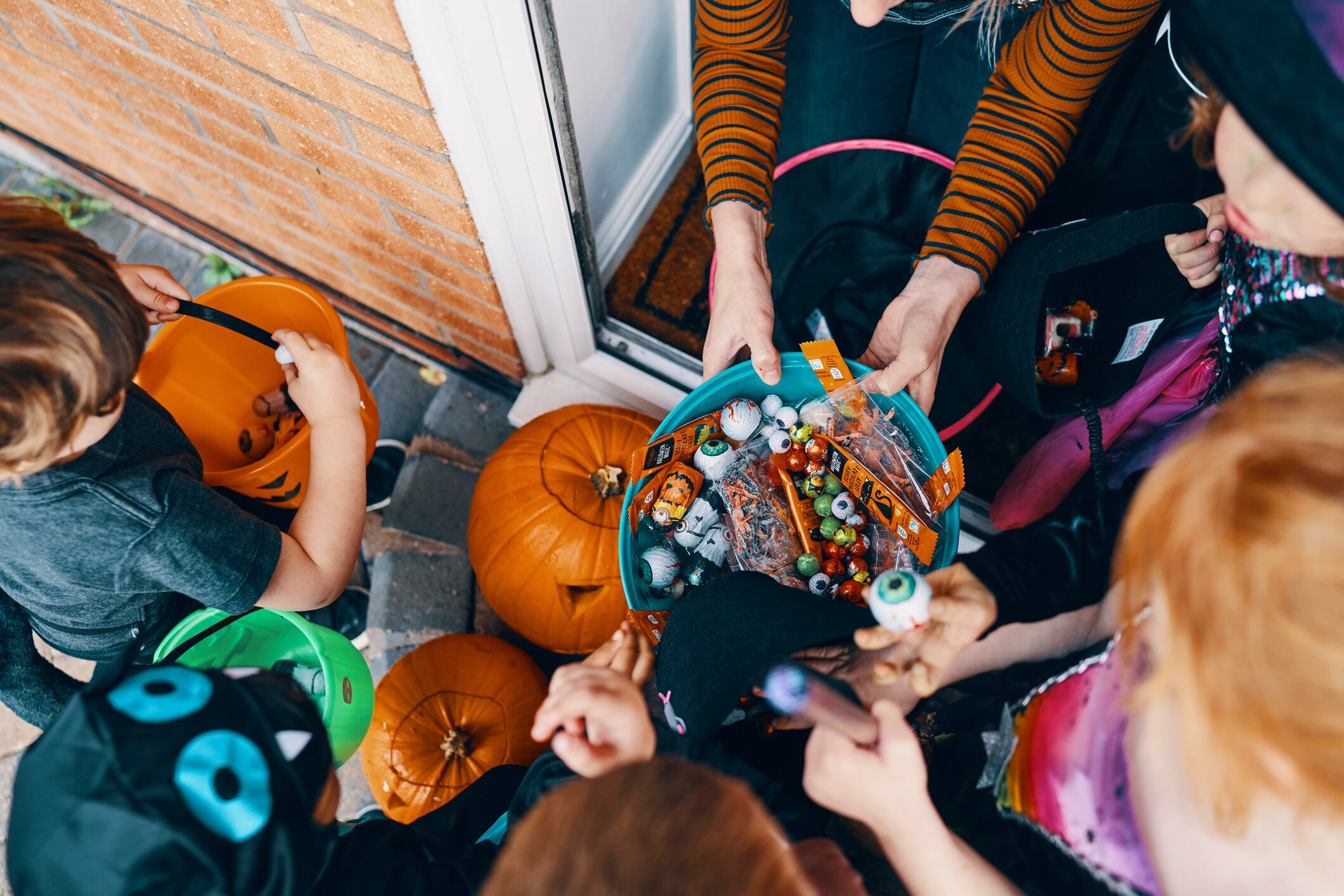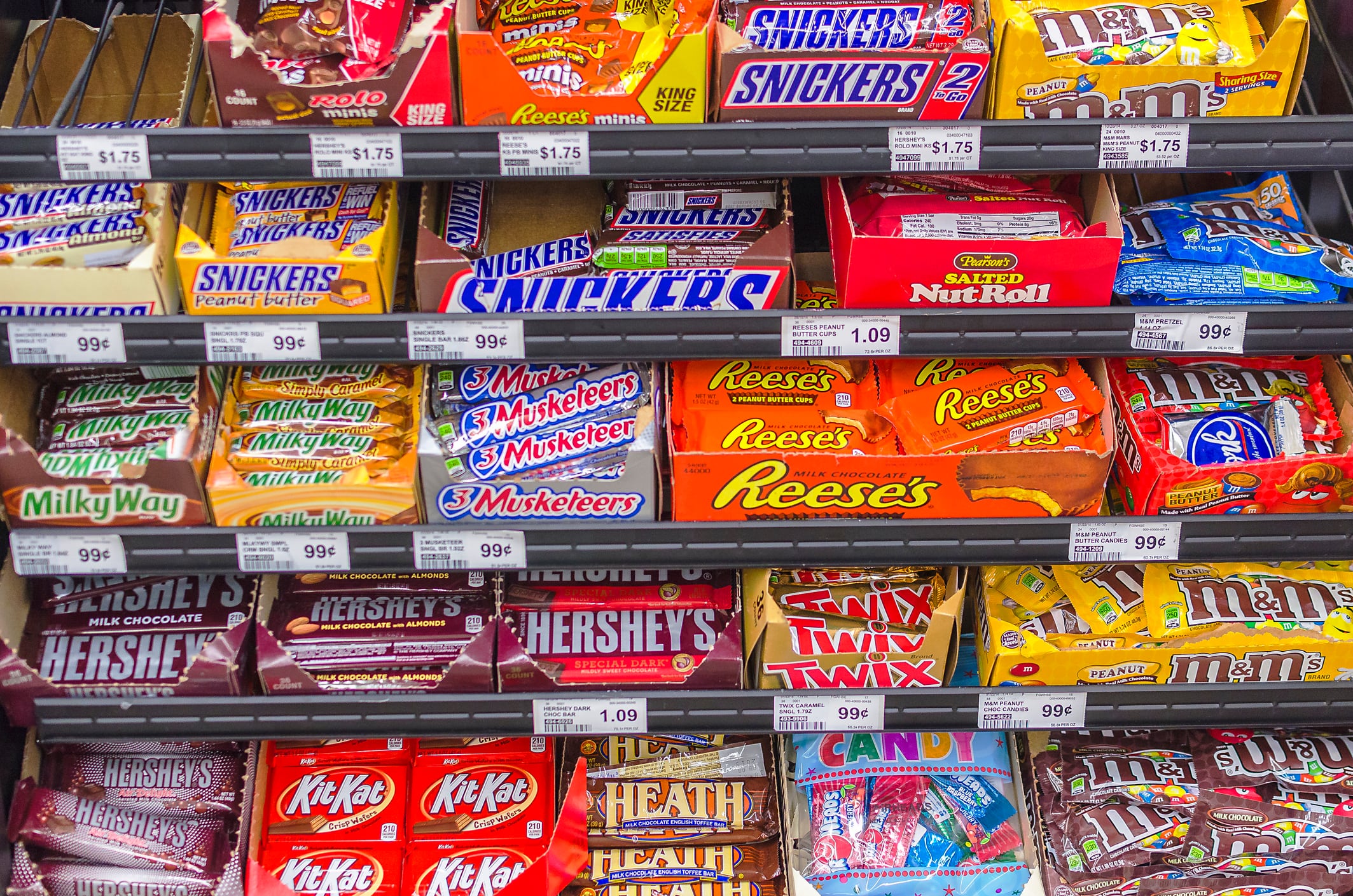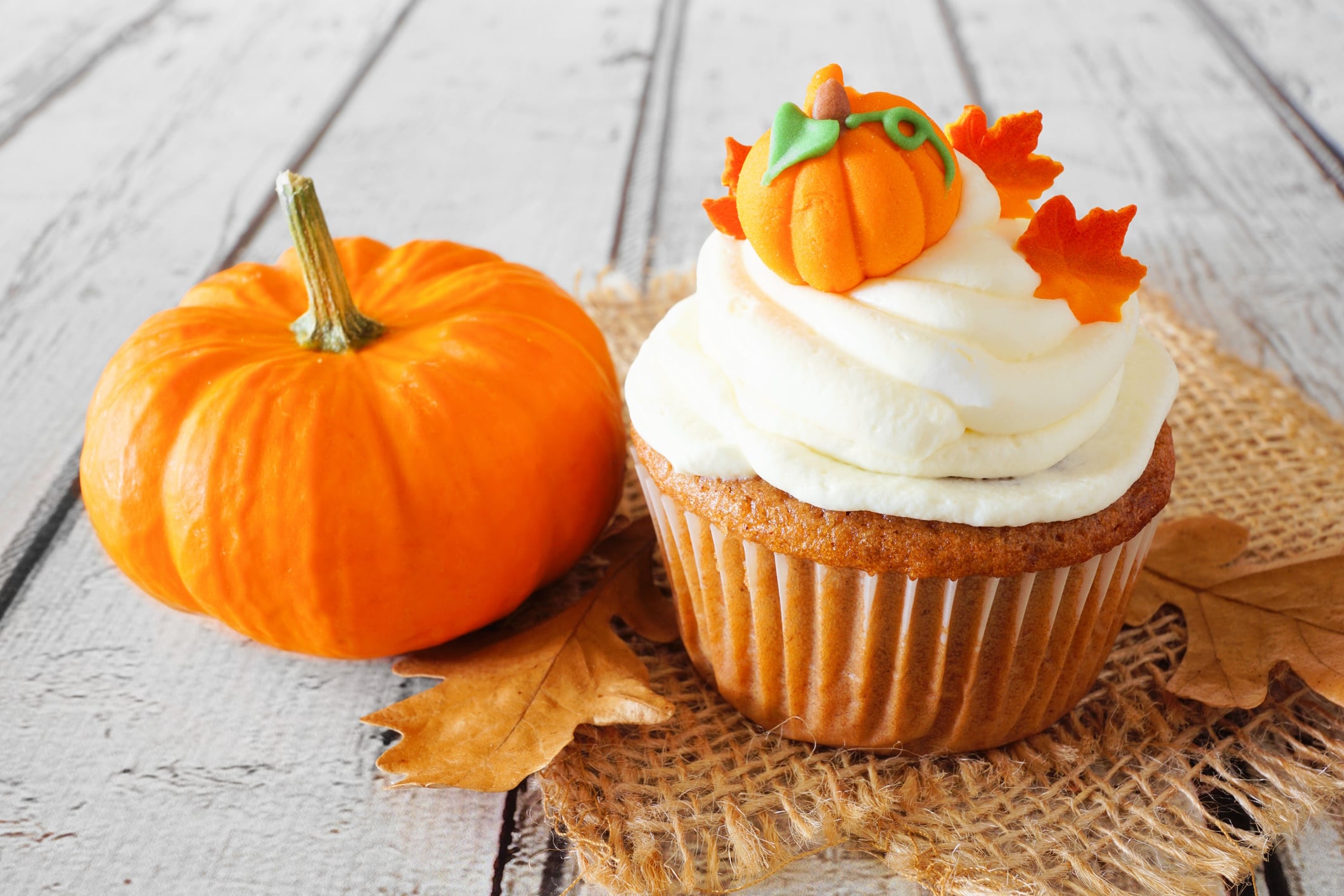Candy continues to play a star role in Halloween celebrations, but this year consumers are seeking ways to reduce their sugar intake – while still indulging – by increasingly buying sweets made with less sugar or alternative sweeteners, according to retail data science company 84.51°.
About three-quarters of households will pass out candy this year – with slightly more (77%) homes with children participating in the tradition than those without (72%), reports 84.51°. In addition, more than half (56%) of consumers report full-size candy is typically present at Halloween parties they host or attend.
However, the type of candy consumers are buying, passing out and eating this year is changing, 84.51° research reveals.
Yes, chocolate-based treats still “reigns supreme” with 91% of consumers reporting it as the variety they plan to purchase, followed by chewy or fruity candies (55%), hard candies or lollipops (36%) and classic Halloween candies (28%), according to 84.51°.
But, it adds, candy made with less sugar experienced an increase of more than 60% year-over-year during the Halloween period in fiscal year 2024. Additionally, sales of candy made with alternative sweeteners increased 10% year-over-year in households purchasing these products during Halloween.
“Households with children are especially prioritizing candy made with less sugar or alternative sweeteners, with a 145% year-over-year increase in units sold during Halloween,” 84.51° reports.
“Importantly,” it adds, “this trend spans all income levels, as every household segment experienced at least a 50% year-over-yar increase in units purchased for candy with less sugar.”
Health-conscious shoppers favor no- and low-sugar candy
Consumers who buy reduced sugar candy tend to be “natural food enthusiasts” with 70% of their basket made of snacks, beverages, frozen treats and cereals that 84.51°qualifies as “natural foods.” Their preference for natural alternatives across indulgent categories combined with purchases of functional products suggests their efforts to reduce sugar are “holistic” rather than selective, concludes the insights company.
Similarly, consumers who favor sugar-free candy also favor health-conscious products, such as natural snacks, whole foods such as nuts and apples and sports nutrition products, 84.51° reports.
“However,” it adds, “they still seek indulgence through cookies, crackers and peanut butter,” indicating a “mindful substitution” approach where they swap sugary treats with perceived healthier options rather skip snacks altogether.
Most consumers who buy traditional sugar-based candy practice a similar approach to balance indulgence, with 60% of the products in their cart with candy coming from “natural food” categories, according to 84.51°,
‘Convenience snackers’ favor candy with alternative sweeteners
Consumers who favor candy made with alternative sweeteners are more likely to prioritize convenience than natural or health products, 84.51° reports. These shoppers also tend to buy packaged snacks, grab-and-go foods and single-serve beverages.
“Unlike other sugar-conscious segments, they prioritize convenience over clean eating, suggesting they seek sugar alternatives for practical reasons,” 84.51° concludes.




